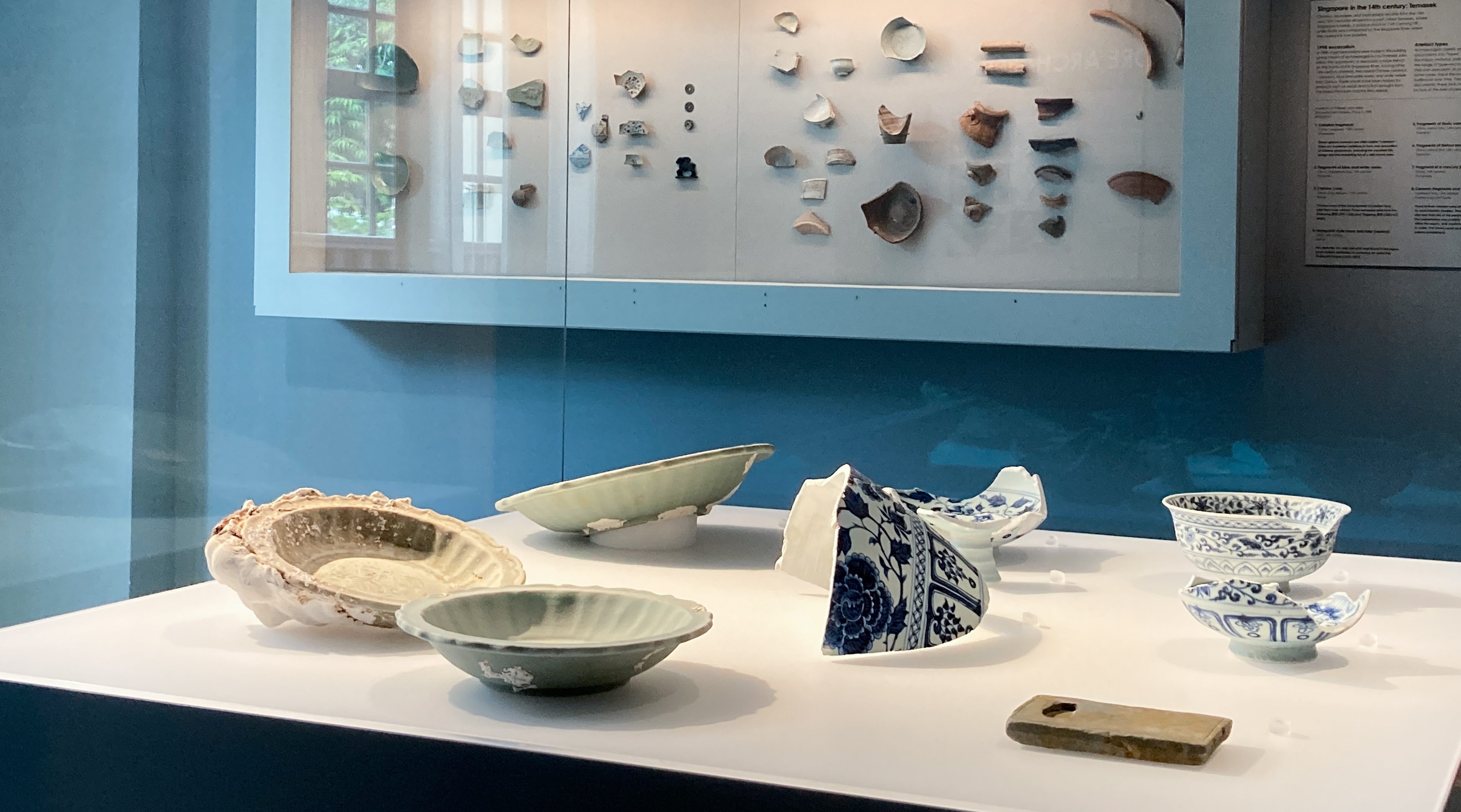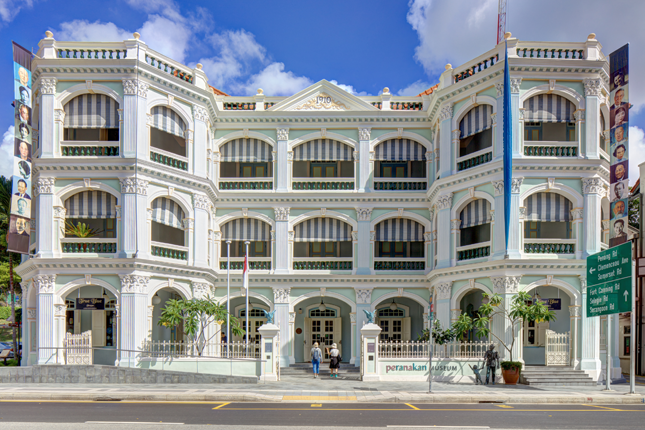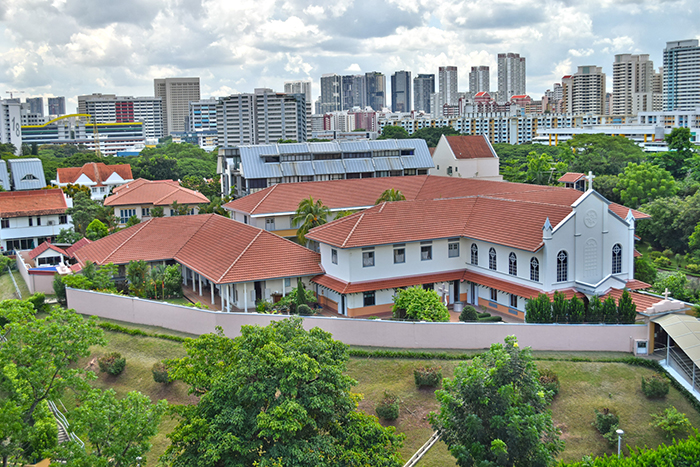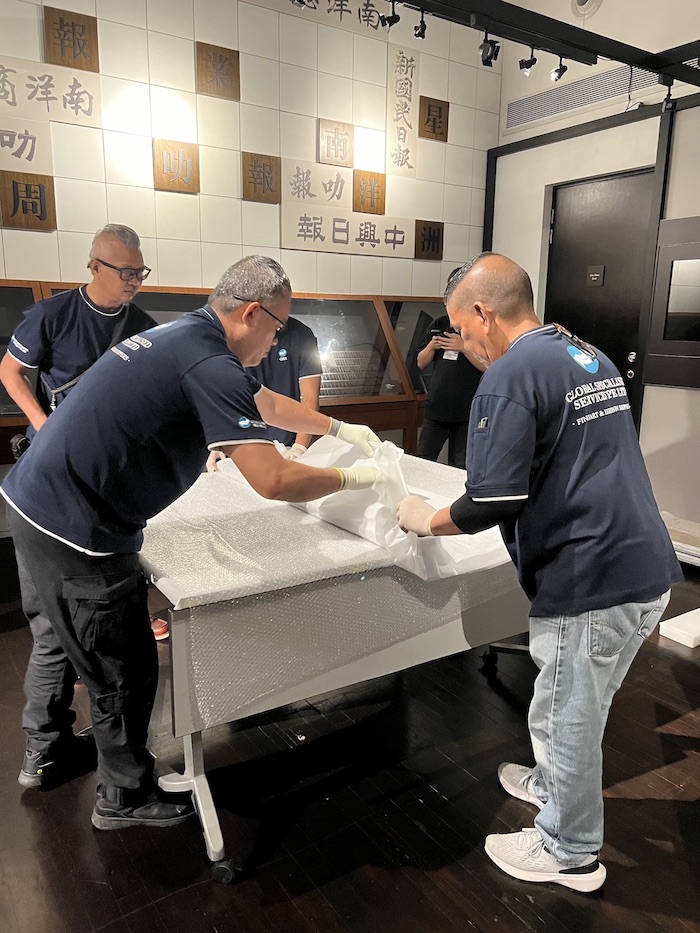The centre of this dish is decorated with a double-headed eagle, a motif that represents the Habsburg eagle. The dish is probably made for the Spanish or South American markets. The decoration is executed in Chinese Imari style. Chinese Imari is derived from the porcelain requested by Western traders from Japanese potters of Arita to fill orders no longer fully supplied by Jingdezhen after the fall of the Ming dynasty in the last quarter of the seventeenth century. The unique palette of underglaze blue and overglaze red and gilding, now known as Imari (after the port from which they were shipped), had found great demand in the absence of Chinese export porcelain. That pattern was then requested from Chinese potters once the kilns at Jingdezhen were re-established.


















